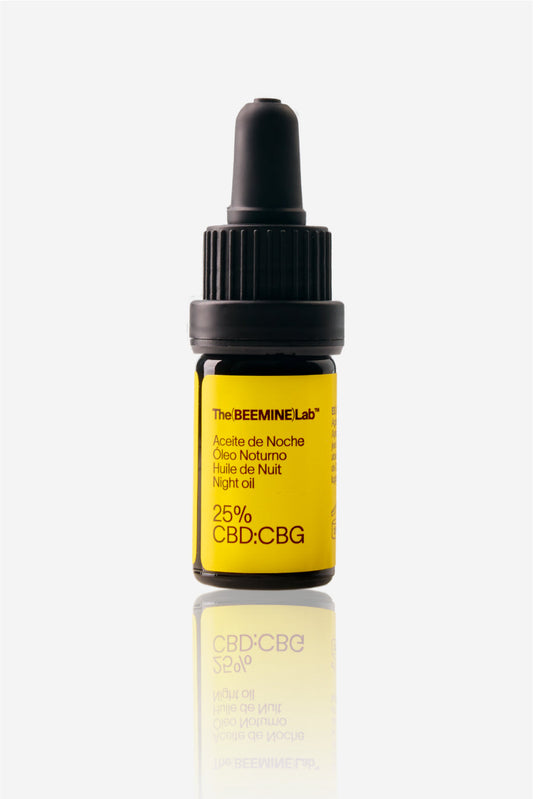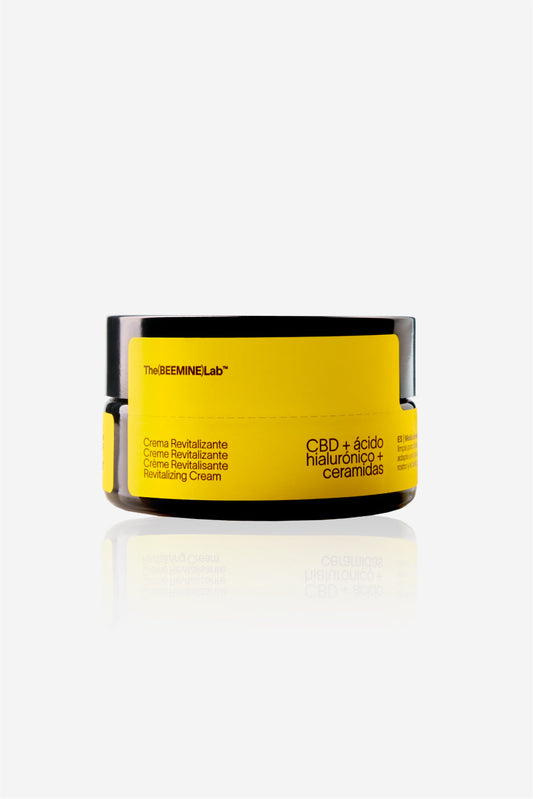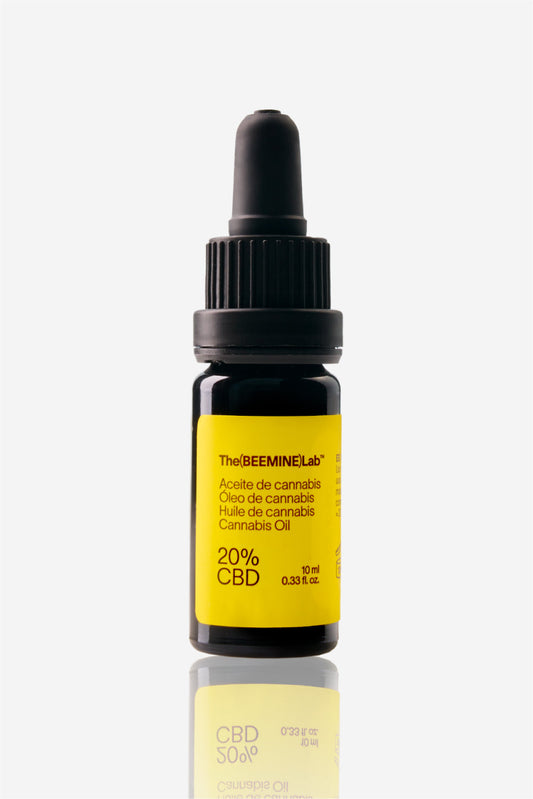 Cannabis Sativa Sativa (<0.2% THC) is one of the most fibrous strains or varieties. Thanks to this quality, plants in this category have been used for hundreds of years to make clothing, footwear and paper. More recently, it has been used to make biodegradable plastic and fuels. The cosmetics industry has begun to include, more and more, cannabis extracts and oils for the manufacture of creams and all kinds of products with numerous benefits (antioxidant, moisturizing, nourishing, etc.). Finally, In this category we find the plants from which CBD oil (Cannabidiol) is extracted and different foods (hemp seeds, hemp oil, hemp protein, etc.).
Cannabis Sativa Ruderalis , a variety that grows mainly in southern Siberia and northern Kazakhstan, is widely used to make incense and essences by hand. In addition, due to its high CBD content, it also has a medicinal use.
Cannabis Sativa Indica is popular for its recreational (>+0.2% THC) and therapeutic use, being increasingly used for the production of oils with high CBD and THC content in countries such as the United States and Canada.
In this last graph we can see the 3 subtypes again. CS Ruderalis is a variety halfway between CS Sativa and CS Indica, although its THC (Tetrahydrocannabinol) content is usually below 0.2%. Cannabis Sativa Sativa is almost completely devoid of THC, which leaves Cannabis Sativa Indica as the only variety used as a recreational drug.
Here it is necessary to clarify that within the jargon of recreational users of Cannabis Sativa Indica, “Indica” are strains with a high content of the non-psychoactive compound CBD (Cannabidiol) and lower in THC, which produces more relaxation and drowsiness in its users, and “Sativa” refers to strains with a higher THC content and that induce effects of euphoria, energy and creativity.
Literature:
Cannabis Sativa Sativa (<0.2% THC) is one of the most fibrous strains or varieties. Thanks to this quality, plants in this category have been used for hundreds of years to make clothing, footwear and paper. More recently, it has been used to make biodegradable plastic and fuels. The cosmetics industry has begun to include, more and more, cannabis extracts and oils for the manufacture of creams and all kinds of products with numerous benefits (antioxidant, moisturizing, nourishing, etc.). Finally, In this category we find the plants from which CBD oil (Cannabidiol) is extracted and different foods (hemp seeds, hemp oil, hemp protein, etc.).
Cannabis Sativa Ruderalis , a variety that grows mainly in southern Siberia and northern Kazakhstan, is widely used to make incense and essences by hand. In addition, due to its high CBD content, it also has a medicinal use.
Cannabis Sativa Indica is popular for its recreational (>+0.2% THC) and therapeutic use, being increasingly used for the production of oils with high CBD and THC content in countries such as the United States and Canada.
In this last graph we can see the 3 subtypes again. CS Ruderalis is a variety halfway between CS Sativa and CS Indica, although its THC (Tetrahydrocannabinol) content is usually below 0.2%. Cannabis Sativa Sativa is almost completely devoid of THC, which leaves Cannabis Sativa Indica as the only variety used as a recreational drug.
Here it is necessary to clarify that within the jargon of recreational users of Cannabis Sativa Indica, “Indica” are strains with a high content of the non-psychoactive compound CBD (Cannabidiol) and lower in THC, which produces more relaxation and drowsiness in its users, and “Sativa” refers to strains with a higher THC content and that induce effects of euphoria, energy and creativity.
Literature:
- Walther Otto Müller - From Franz Eugen Köhler's Medizinal-Pflantzen . Published and copyrighted by Gera-Untermhaus, FE Köhler in 1887
- Rosenthal, Ed. «Flowering Ruderalis» . Cannabis Culture Magazine
- Pellati, F., Borgonetti, V., Brighenti, V., Biagi, M., Benvenuti, S., & Corsi, L. (2018). Cannabis sativa L. and Nonpsychoactive Cannabinoids: Their Chemistry and Role against Oxidative Stress, Inflammation, and Cancer. Biomed Research International , 2018 , 1-15. doi:10.1155/2018/1691428







